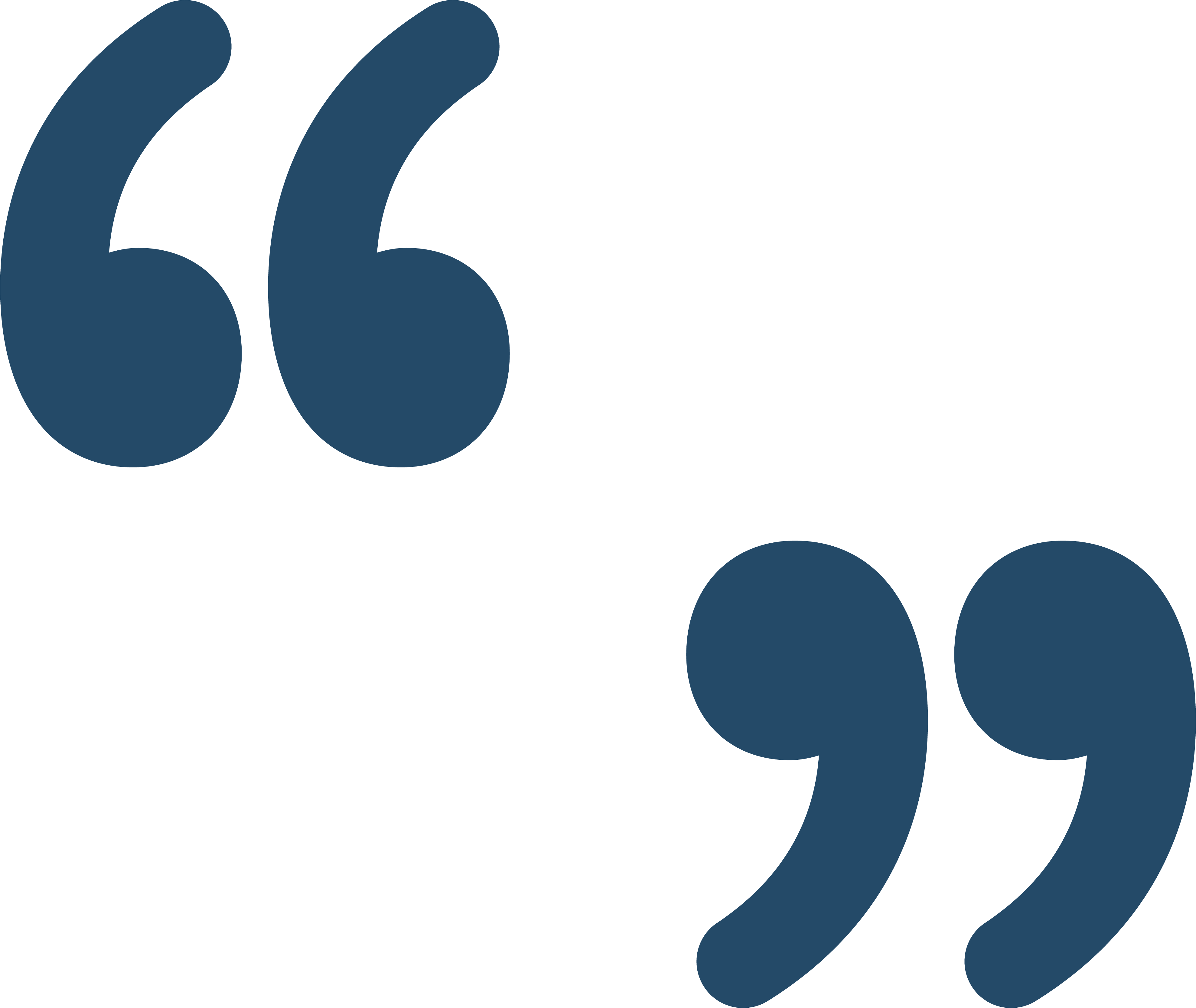What you and your business need is a workplace wellness calendar. Something quick and easy, with awareness days, holidays and important events for your business in an easy to read format. Luckily for you, we’ve done (most of) the work—and it’s free to download.
- How to use a wellbeing calendar
It’s simple. Take our mental health calendar template, and fill in the awareness days and events relevant to you and your business. Think about this—what do you want to promote? Work-life balance? LGBT+ awareness? Positive physical health?
A good wellbeing calendar features a mix of awareness days, health initiatives and upcoming events. It should be more than a list of things which are happening—it should be active, and include events which your organisation is putting together. Do you have a cause close to your heart? THeme your calendar around this cause!
Look at sites like this for inspiration. Talk to your teams, and ask what they would like to see highlighted in a positivity calendar. Organise your own events—charity fundraising days, workplace bakeoffs, step tracking competitions—and add them to the calendar as you see fit. Then send it to your whole organisation.
You don’t need to explain at length what every single entry is about, with a paragraph of text. Just the name, the date and (if distributing digitally) a hyperlink to a site where the reader can learn more about the event. When you send the calendar out, ask for feedback, and let people know they can request more information on anything included from yourself.
- Benefits of a wellbeing calendar
While the last thing you want to do is instil a sense of ‘organised fun,’ a wellbeing calendar is a great way to highlight causes, issues and events you consider important. For instance, during summer, you can highlight parkruns, skin cancer awareness days, step counter competitions and healthy summer eating. During winter, highlight SAD awareness, eldercare, financial wellbeing. And make sure you add things like bank holidays and company event days! You want people to refer to their wellbeing calendar often, and including information like this is a great way to get people to engage.
This’ll help in several significant ways:
It highlights ways in which people can remain happy and healthy
It organises the year into manageable ‘chunks,’ and gives people events and days to look forward to
It opens conversations—ask people for their suggestions and additions!
























